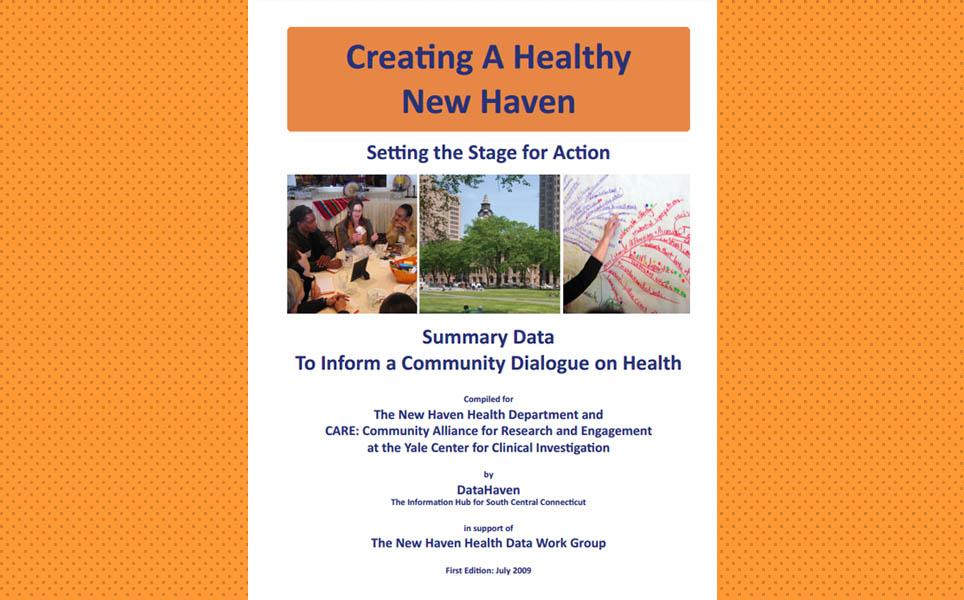Members of the Robert Wood Johnson Clinical Scholars Community Solutions Project surveyed and interviewed community leaders to gather information on the ways in which social context and environmental factors influence health.
A press conference to kick off this project is scheduled for Friday, October 2, 2009, at 11 a.m. in City Hall. (New Haven, CT) September 24, 2009. Residents of six New Haven neighborhoods will be surveyed this fall about their current health and health habits as part of a long-term project that seeks to reverse growing rates of chronic disease in the city.
This is the summary of the first meeting of the Health Equity Alliance. The notes summarize discussion about various questions related to community health and health equity.
This is the summary of the first meeting of the Health Equity Alliance. The notes summarize discussion about various questions related to community health and health equity. It also includes the PowerPoint about social determinants of health equity presented at the meeting.
Authored By
DataHaven
Date
July 07, 2009
Partners
New Haven Health Department, Yale CARE
The health trends that are profiled in this document, some positive and some negative, are intended to set the stage for local action aimed at addressing the social determinants of health and at reducing health inequities. They can be used to inform policy, inspire community involvement, and bring more resources to bear on local health improvements.
This report is intended to provide information about the health of New Haven residents, particularly social determinants and inequities that exist. It is the summary for the New Haven Health Data Working Group's more extensive New Haven Health Data Atlas.
Document:
AtlasSummary-072209.pdf
This report is one in a series of papers with best practices for using maps to promote health equity.
The Street Outreach Worker Program was an initiative of the New Haven Family Alliance with the goal of reducing youth gun violence. This evaluation, by the Robert Wood Johnson Clinical Scholars Program, outlines the program model and provides recommendations for the future.




